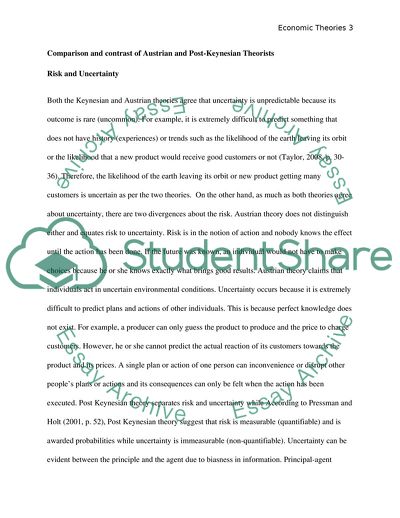Cite this document
(The History of Classical Economic Theories Case Study, n.d.)
The History of Classical Economic Theories Case Study. Retrieved from https://studentshare.org/macro-microeconomics/1746052-compare-and-contrast-austrian-and-post-keynesian-theories-of-the-competitive-process
The History of Classical Economic Theories Case Study. Retrieved from https://studentshare.org/macro-microeconomics/1746052-compare-and-contrast-austrian-and-post-keynesian-theories-of-the-competitive-process
(The History of Classical Economic Theories Case Study)
The History of Classical Economic Theories Case Study. https://studentshare.org/macro-microeconomics/1746052-compare-and-contrast-austrian-and-post-keynesian-theories-of-the-competitive-process.
The History of Classical Economic Theories Case Study. https://studentshare.org/macro-microeconomics/1746052-compare-and-contrast-austrian-and-post-keynesian-theories-of-the-competitive-process.
“The History of Classical Economic Theories Case Study”. https://studentshare.org/macro-microeconomics/1746052-compare-and-contrast-austrian-and-post-keynesian-theories-of-the-competitive-process.


